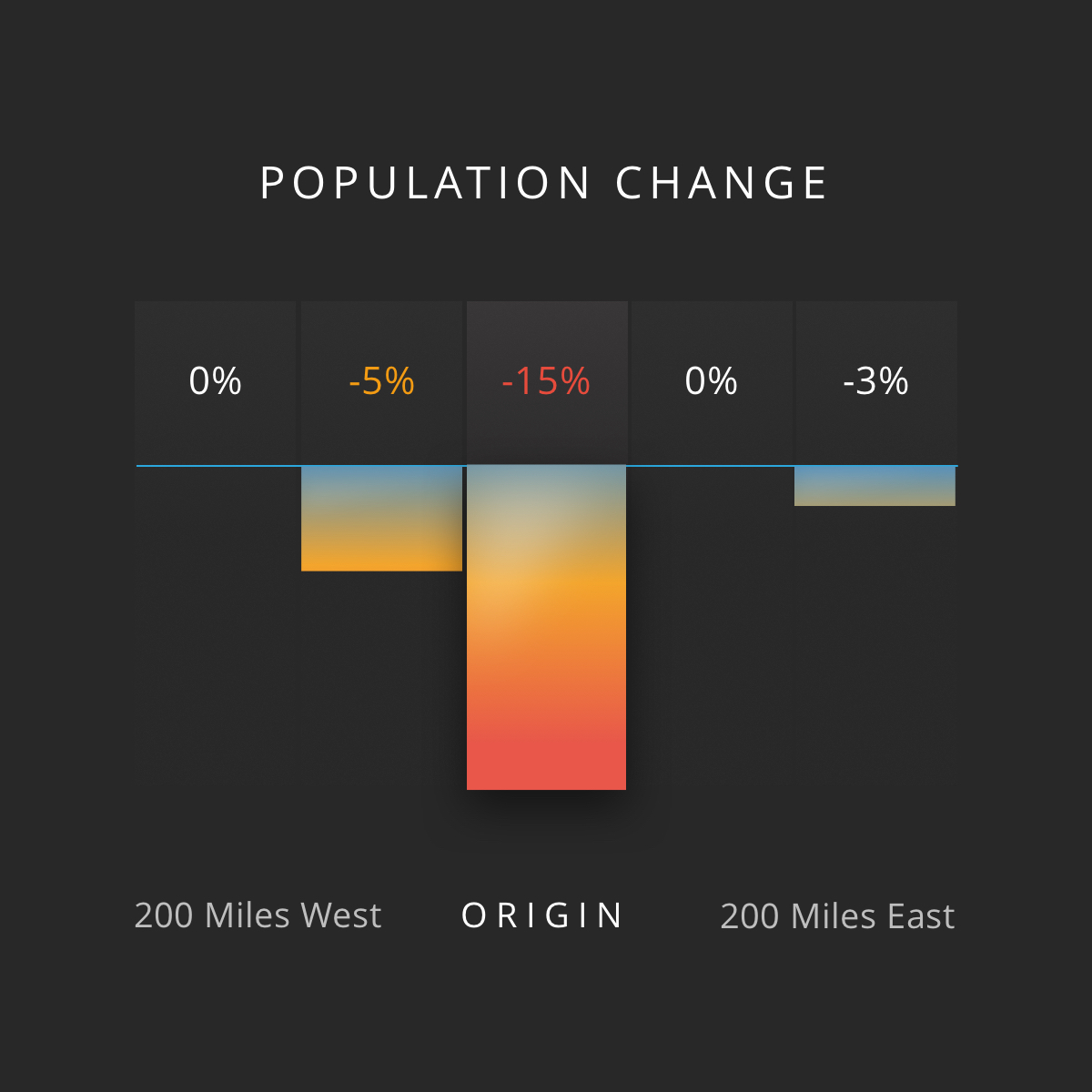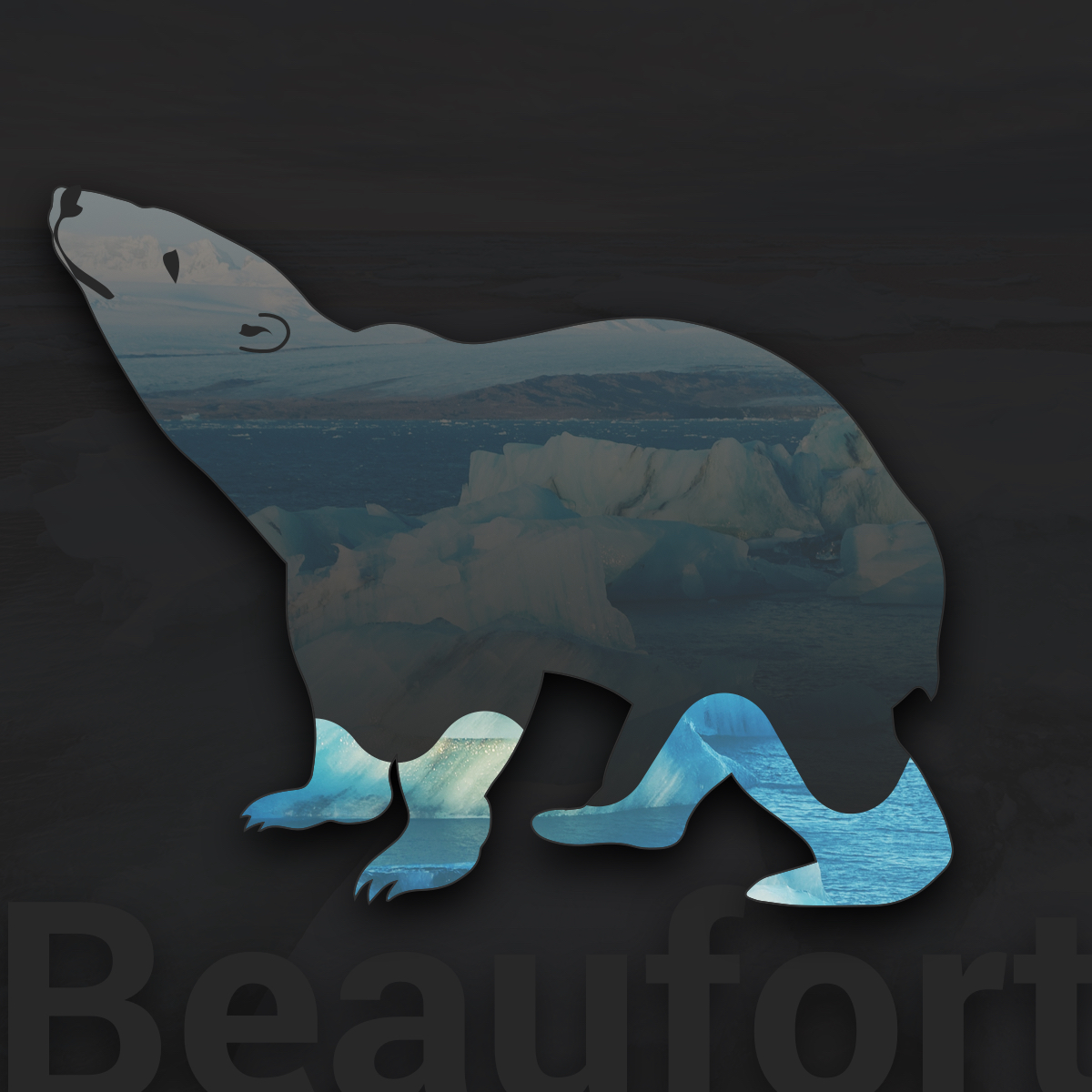How Do Oil Spills Affect Polar Bears?
Published by Ocean Conservancy
This summer, Ocean Conservancy was fortunate to partner with Paul Suprenand, Ph.D., on a project that used ecosystem models to evaluate the impacts of different types of oil spills in the Arctic Ocean.
Dr. Suprenand worked as Mote Marine Laboratory Postdoctoral Research Fellow, where he developed a complex model of the Beaufort Sea ecosystem and applied it to help understand how environmental contaminants could affect marine life and humans in the Arctic. The Beaufort Sea is part of the Arctic Ocean, located north of Alaska and western Canada.
The project sought to answer an important question: how would different types of oil spills—some from oil platforms and pipelines and some from vessels—affect the Arctic marine environment and the people who live in the region?
After creating an ecosystem model for the Beaufort Sea, Dr. Suprenand then added a series of hypothetical oil spills to the system. The model predicted how these oil spills would impact wildlife like polar bears, pinnipeds (seals and sea lions) and fish—as well as local indigenous communities, all of which rely heavily on food from a healthy ocean.


As you can imagine, it’s hard to predict what will happen during an oil spill. There are so many factors to consider. Once oil hits the water, it doesn’t stay in one place. Wind and currents move it around, sometimes over a relatively long distance. As a result, a spill that originates in open water can affect shoreline areas or can become embedded in sea ice.
The type of oil spilled also makes a big difference. Certain types of oil—like crude and heavy fuel oil—will last in the environment for a long time. And oil has both acute and more lasting impacts on species. Oil spills have negative impacts on indigenous peoples’ food sources and on the wildlife species that all of us care about.
The scenario demonstrates the effect a potential oil spill will have on polar bears in the Beaufort Sea. As you view our infographic, you’ll notice that in the location where the oil spill occurred, the population of polar bears has declined. You’ll also notice that as the oil spreads east and west from the central spill location, polar bear populations continue to decline.
A major oil spill in the Beaufort Sea world could be a disaster for the people and wildlife who depend on a healthy Arctic Ocean. That’s why Ocean Conservancy is working to make reduce risks from increasing ship traffic in the region.
And it’s why we can’t afford to allow risky offshore drilling in remote Arctic waters.


Take action today! Opening up more of our coasts to offshore drilling is dangerous and short-sighted in and of itself; rolling back regulations and safeguards that protect our ocean and shorelines is even worse.
We have even more to share with you. Stay tuned, over the next few weeks we’ll have three more scenarios to unveil!
The post How Do Oil Spills Affect Polar Bears? appeared first on Ocean Conservancy.
Read the full article at: https://oceanconservancy.org/blog/2017/09/08/oil-spills-effect-polar-bears/



